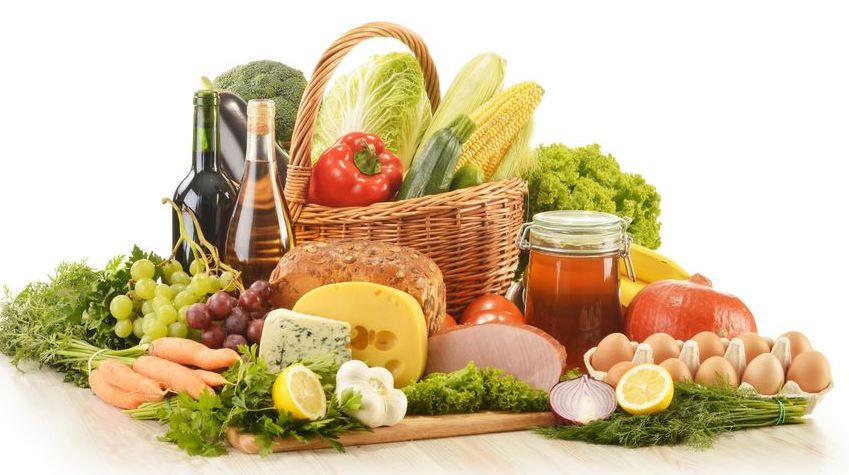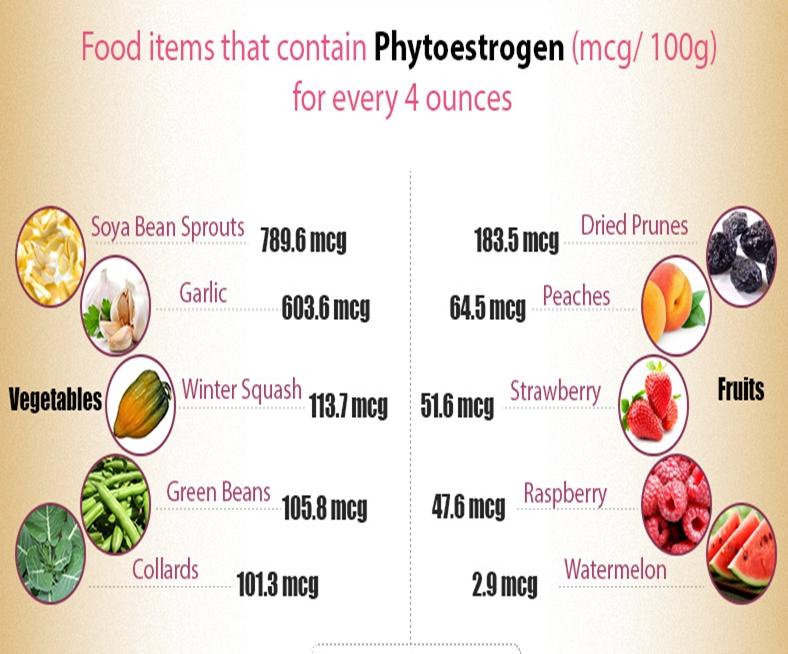During the winter season, the availability of fresh produce might seem limited, but there are an array of resilient crops that thrive in the colder months. These winter vegetables and fruits not only offer a diverse selection of flavors and nutrients, but also provide essential vitamins and minerals during a time when our immune systems need them the most.

Root Vegetables:

- Carrots: These versatile root vegetables are packed with beta-carotene, an antioxidant that converts to vitamin A in the body. Carrots are great for roasting, adding to soups, stews, and even making sweet carrot cakes.
- Beets: With their vibrant red color, beets are rich in folate, potassium, and manganese. They can be roasted, pickled, added to salads, or turned into hearty beet soups.
- Turnips: These underrated root vegetables are a good source of vitamin C, potassium, and fiber. Turnips can be roasted, mashed, or added to casseroles and stews.
- Parsnips: Similar to carrots in appearance, parsnips have a sweet, nutty flavor. They are excellent for roasting, pureeing into soups, or using in gratin dishes.
- Radishes: These peppery and crisp vegetables come in various colors and shapes. Radishes are great for adding a spicy touch to salads, sandwiches, or as a garnish.
Leafy Greens:

- Kale: A winter staple, kale is loaded with vitamins A, C, and K, as well as antioxidants. It can be sautéed, added to salads, blended into smoothies, or baked into chips.
- Spinach: Another nutrient-rich leafy green, spinach is an excellent source of iron, magnesium, and vitamin K. Add fresh spinach to salads, soups, stir-fries, or wilt it as a side dish.
- Swiss Chard: With its colorful stalks and leaves, Swiss chard is high in vitamins A, C, and K. It can be sautéed, added to soups, or used as a wrap for fillings.
- Collard Greens: These hearty greens are rich in vitamins A, C, and K, along with calcium and fiber. Typically used in Southern cuisine, collard greens are often braised or stewed.
Fruits:
- Citrus Fruits: Oranges, grapefruits, lemons, and limes are abundant during winter and provide a much-needed dose of vitamin C. They can be enjoyed as fresh fruit, added to salads, or used in various recipes.
- Pomegranates: With their jewel-like arils, pomegranates offer a unique blend of sweet and tart flavors. They can be eaten fresh, juiced, added to salads, or used as a topping for desserts.
- Apples: Available in a wide range of varieties, apples are a good source of fiber, vitamin C, and antioxidants. They can be eaten fresh, baked into pies and cakes, or used in compotes and sauces.
- Pears: Winter pears are known for their sweet and juicy flesh. They can be eaten fresh, poached, or used in tarts, pies, and salads.
Incorporating these winter foods into your diet provides a wealth of nutrients and flavors that support your overall health and well-being during the colder months. By embracing the bounty of the season, you can enjoy delicious and nutritious meals while staying vibrant and energized throughout the winter.










